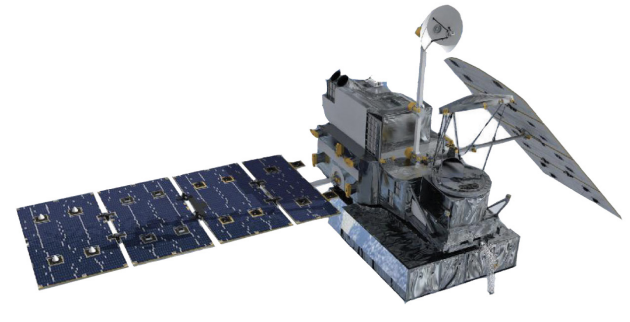NASA Meets Satellite Project Testing and Verification Goals with Wind River Simics
Powerful High-Fidelity Simulator Minimizes Target Hardware Dependencies and Brings Significant Long-Term Cost Savings
GO-SIM was designed as a high-fidelity simulator with no hardware dependencies. Its functions include loading and running unmodified flight software binaries, executing flight scripts, performing single-step debugging, injecting errors via the ground system, stressing the system under test, and validating findings from other analyses.
THE SOLUTION
Wind River® Simics®, simulating a BAE RAD750 processor, enables target software to run on the virtual platform the same way it does on physical hardware. Along with Simics’ capabilities of scripting, debugging, inspection, and fault injection, it enables users to define, develop, and integrate their systems without the constraints of physical target hardware.
Simics allowed NASA’s ITC team to simulate its target hardware, ranging from a single processor to large, complex, and connected electronic systems, and build its GO-SIM product with all the desired features.
Using this virtual environment, the ITC team can adopt approaches and techniques not possible on physical hardware. For example, developers can freeze, save, email, and restore the whole system; they can view and modify every device, register, or memory location; and they can run the whole system in reverse to find the source of a bug. Simics equips the ITC team with a risk-reduction toolbox capable of injecting errors anywhere in the system and testing fault-management responses. This improves product quality and engineering efficiency.
With Simics, IV&V team members can identify flight software issues that they can’t find using other IV&V analyses. They can verify expected software behaviors and increase their confidence that flight software will work as expected and properly handle adverse conditions. By incorporating science instrument simulators, they can reduce risk for instrument-spacecraft interfaces and ensure internationally cooperative systems.
Simics is easily and quickly configurable. Setting up a particular target system is much faster than on hardware. Configurations of the virtual platform can be saved and accessed at a later point in time, ensuring consistent hardware setups within a development organization and customer support situations. Simics also supports rapid prototyping and the ability to quickly determine the impact of a potential hardware change on software performance.
RESULTS
With Simics, NASA IV&V successfully met its goals to develop a complete simulator with no hardware dependencies in a reduced time frame and at lower cost than if it had been developed using traditional hardware simulations.
ITC team members now have test assets available when they need them. Government agencies such as NASA typically buy assets for a five- to 10-year project up front; then by the time they need them, the requirements have changed and they can’t get the hardware. Wind River Simics solved this problem. Engineers don’t have to sit idle, waiting for the physical hardware to show up, before they can work.
Simics has enabled NASA IV&V to enhance quality in two ways. First, the ITC team can be confident in its ability to verify issues. Second, during development the software simulations enable the team to find bugs early in the process and fix them before they advance to the next phase.
By using Simics, NASA IV&V enables 80–90% of the simulation models to be reused for other missions, representing tremendous cost savings. It’s far less expensive to use multiple copies of the simulator than to create new ones for each project. The ITC team reduces costs by 93% and can replicate a complete instance of the simulator in a few hours. The development and time savings will add up quickly as they continue to pull simulators off the shelf to support future missions.
SUMMARY AND FUTURE PLANS
GO-SIM and its Simics components provided a successful solution for the GPM mission, but the significance of this project is much larger and more long-term than this one project. GO-SIM was developed with reuse in mind and will continue to be used to perform dynamic analysis of software running on multiple spacecraft.
For example, components of GO-SIM were used in the James Webb Space Telescope IV&V Simulation and Test (JIST) project. In addition, NASA is looking into the possibility of commercializing the solution beyond its own flight system applications.
The ITC team has also developed custom components for use within its simulation environments that will likely be widely reused. For example, the ITC Synchronous Bus (ITCSB) was created for GO-SIM but is being reused in JIST. This reusable mechanism ensures consistent and correct data passing among distributed components of a simulation system.
The same methods, interfaces, and mechanisms apply to a vast majority of all embedded systems. NASA IV&V has many customers and potential customers who would benefit from many of the GO-SIM components and GO-SIM architecture, and the team is anxious to get out there and share how powerful it is.
Wind River Simics is a full-system simulator used by software developers to simulate the hardware of complex electronics.
Learn more at www.windriver.com/products/simics.
